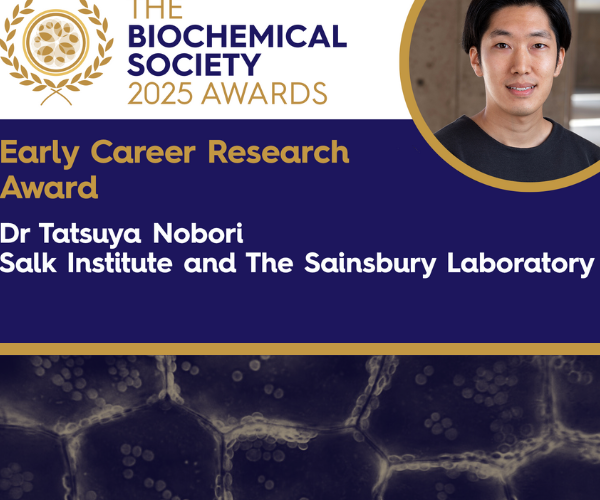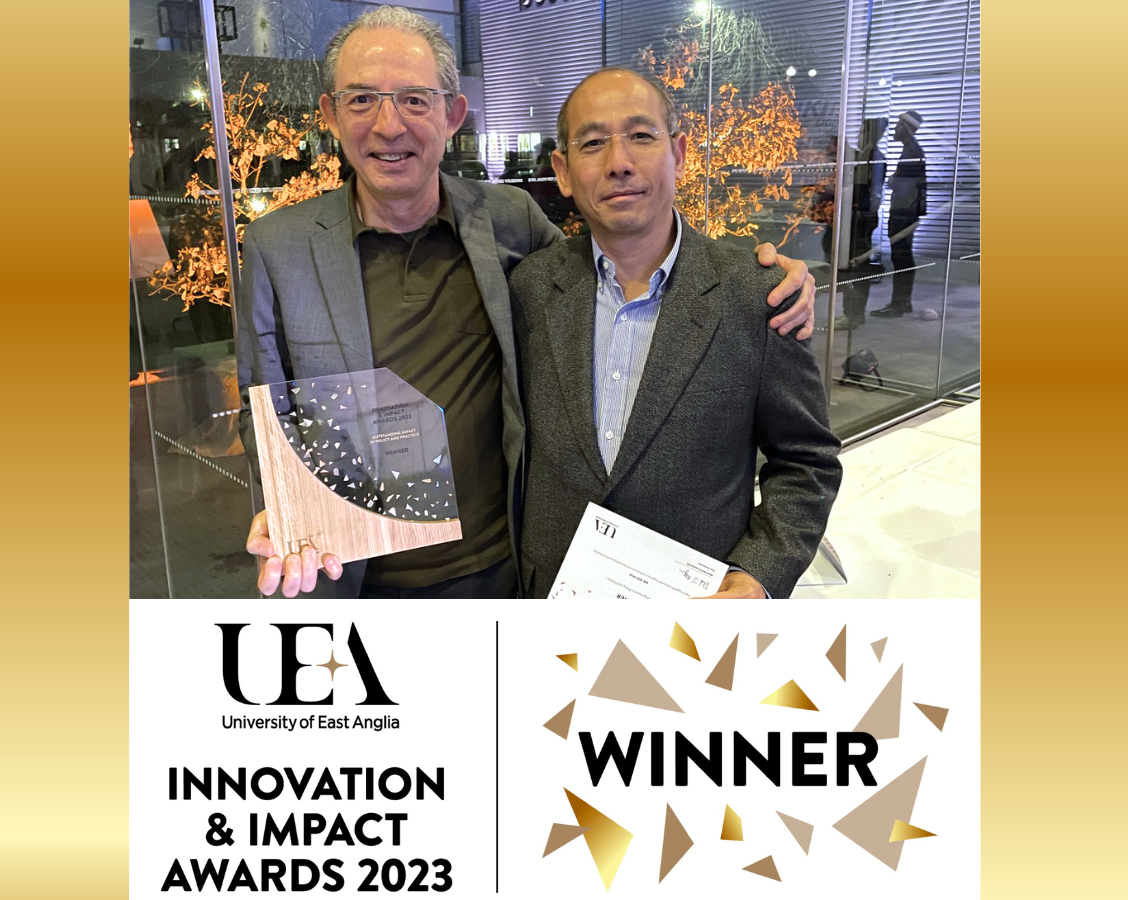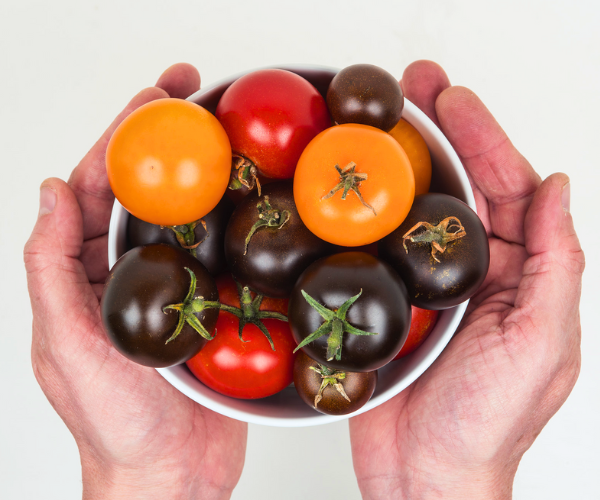Wheat Diseases Conference - 22nd May 2015
Note: This article was originally published by the Eastern Daily Press at www.edp24.co.uk. View the original article here.
Science collaborations can help beat wheat disease, conference told
Collaborations across scientific institutes and international boundaries will be crucial in finding “durable resistance” to diseases threatening our most important cereal crop.
That was one of the key messages from Wheat Disease Resistance Day, a seminar hosted by three institutes on the Norwich Research Park, which highlighted the current strategies to protect a grain which is relied on by much of the world’s population.

Scientists from the John Innes Centre (JIC), The Sainsbury Laboratory (TSL) and The Genome Analysis Centre in Norwich spoke to an audience of about 160 plant breeders, growers and researchers about the search for resistant genes which can be incorporated into commercial wheat varieties.

Dr Cristobal Uauy of the JIC is one of the seven founder members of the Norwich Rust Group, which brings together the varying specialisms from across the research park so the problem can be addressed in a more coordinated way.
He said since the group was formed, they realised they had combined access to 57 collaboration partners across 23 countries, streamlining information-sharing and accelerating the speed at which they could take advantage of advancements in science and technology.
“The integrated approach allows us to tackle a problem and build that critical mass that has been lacking,” he said.
“My training is in agronomy and genetics, but then two doors away there are deep bioinformaticians and people who study pathology who have taken a step into genetics. If you try to solve this using only genetics, you will probably fail, and if you try to solve it with pathology alone, you will probably fail.
“There are two sides to this battle inside the plant. Now we can get a better idea of how the enemy is fighting and in doing that we can find a better strategy.”
Dr Uauy said one of the main collaborative developments was to make a huge library of genome data on the wheat disease yellow rust available through an online public portal – an invaluable tool in identifying potentially resistant genes.
“In the last 12 months all the data has been made accessible through a common portal, so breeders and academics can address the key challenges,” he said. “There is that worry that we might be ‘scooped’, but there might be people out there who can use this information in different ways that we didn’t think about.

“In a way, we have to trust people. There is a creative licence agreement to sign and we are saying to people that if you want to use this data then cite us, but if you are going to use it for global analysis then you need to let us know.”
Prof Cyril Zipfel, head of TSL, whose own research is on plant immunity to disease, said: “We need to keep two steps ahead of wheat diseases if we are to keep this essential food on our plates in this country and beyond.
“The complementary scientific and close geographical relationship between our three institutes on the Norwich Research Park means we are well placed to tackle these important issues.”
Additional Content
Find out more about the Norwich Rust Group
#wheatdisease on Twitter
Browse Twitter activity from the conference on the following Storify, produced by Sophien Kamoun.


